Gold standard of biological production -- CHO cell line
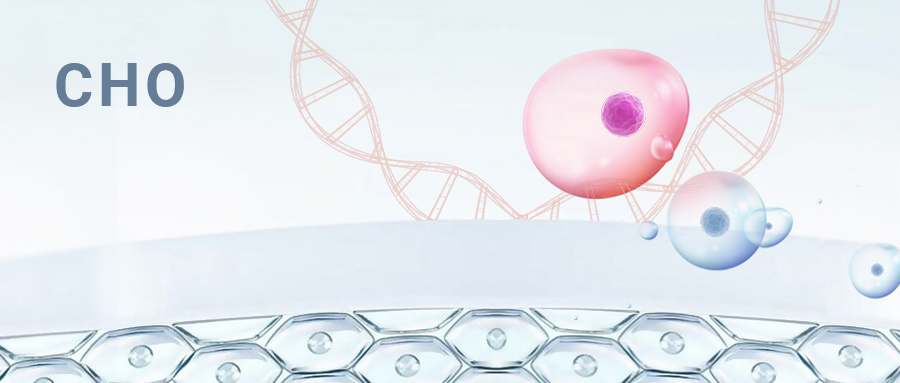
CHO cell line (Chinese hamster ovary cell) is derived from the ovaries of the female Chinese hamster acquired by Theodore Puck in 1957. CHO cell line belongs to epithelial cell lines, usually adherent growth, but also suspension growth. Among other special factors (e.g.using γ-ray mutducing CHO cell line, a new cell line CHO-DG44, is produced. These DHFR deficient strains require glycine, hypoxanthine, and thymidine nucleoside to grow), CHO cell line is easy to grow in large-scale cell culture under specified conditions.And it allows post-translational modification of human biosimilar, these characteristics make CHO cell line a powerful biological factory. Its unique combination of beneficial quality characteristics makes it an ideal cell line for producing many proteins. CHO cell line is commonly used in biological and medical research and is commercially used to produce therapeutic proteins. CHO cell line is currently widely used in genetics, toxicity screening, as well as nutritional aspects and gene expression, particularly CHO cell line for recombinant protein therapeutics and the most commonly used mammalian hosts used in industrial production. CHO cell line is the gold standard for the production of biological agents. In addition, the CHO cell line does not synthesize proline and express the epidermal growth factor receptor (EGFR), so the CHO cell line is ideal for studying various EGFR mutations.[1]。
Applications of CHO cell line
1. CHO cell line is the most common mammalian cell line used for mass production of therapeutic proteins.
Protein therapy produced by mammalian cell lines changes the pattern of human medical levels. Mammalian cell-based biological processes have been used to manufacture viral vaccines, diagnose and treat proteins. In the production of protein agents, cell lines are the main host of protein production. The most widely used host mammalian cell lines are the Chinese hamster ovary (CHO) cell line and mouse myeloma cell line. After long-term domestication and transformation, the CHO cell line has now developed several CHO cell lines, common with CHO-K1, CHO-S, CHO-DXB11, CHO-DG44, etc. CHO-S cell line is also a wild-type cell strain, both with CHO-K1 from the original e CHO cell line. CHO cell line is the preferred manufacturing host cell line for more than 70% of protein drugs in the market because the CHO cell line is able to grow at high density in serum-free suspension culture and can maintain high levels of protein expression during a prolonged fermentation cycle. In addition, the CHO cell line can be mixed with complex glycans in externally expressed proteins, typical glycoproteins containing only a few N-linked oligoglycans, aiding in protein folding and intracellular transport. When these glycans terminate in sialic acid residues, they increase resistance to proteolhydrolysis and prolong serum half-life in the body. Due to these physical and pharmacokinetics advantages, recombinant glycoprotein expression focuses on maximizing the number of complex glycans containing sialic acid in each molecule. Thus, the CHO cell line also becomes a host cell line widely used for recombinant protein expression[2].
2.CHO cell line allows post-translational modifications to recombinant proteins
CHO cell line, as mammalian cell line, is closer to human cell protein compared to post-translational modification of yeast cell line and Drosophila cell line S9 in the eukaryotic expression system. CHO cell line not only has the characteristics of adherent growth but also can conduct high-density suspension culture in serum-protein-free medium, suitable for large-scale industrial production. CHO cell line is subordinate to fibroblasts, with less endogenous protein secretion, and can efficiently isolate and purify recombinant proteins. In addition, the CHO cell line has high expression and amplification of recombinant proteins. At the same time, the CHO cell line also has its own inevitable genetic defects, its intracellular non-free proline synthesis gene, resulting in the inability to convert glutamate into glutamate-γ-semilaldehyde, and the addition of assisted-growing L-proline to the corresponding medium [2].
The Application of CRISPR/Cas9 Technology in CHO Cell Line
CRISPR/Cas9 technology has been widely used for fast, simple, and efficient mammalian genome engineering. CRISPR/Cas9 has become an efficient tool for generating gene breaks in CHO cell line, and CRISPR/Cas9 plays a very important role in expanding product diversity, controlling and improving product quality, and production of recombinant proteins in CHO cell line engineering. The high efficiency, stability, ease of use, and low cost of CRISPR/Cas9 systems make it an attractive gene-editing tool in academia and industry. The introduction of CRISPR/Cas9 systems in CHO cell line and combined with CRISPy design tools will significantly accelerate the pace of CHO cell line gene-editing and can increase the improvement rate of CHO cell line, thus improving the production and quality of biological drugs [3].
Ubigene has successfully modified genes in the CHO-K1 cell line, and Ubigene’s technical team has developed our CRSIPR-UTM technology via 12 years of experience in gene editing. Our KO CHO cell line service comes with a knockout efficiency as high as 80%. Ubigene provides gene-editing services worldwide, including KO, KI, Point mutation cell lines, plasmid construction, and virus packaging.
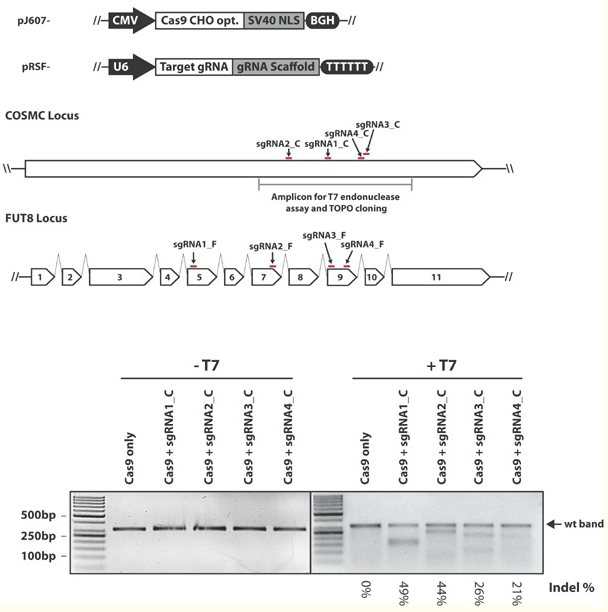
Figure 1
Detailed Applications of gene-editing in CHO cell line
1.Gene knockout in CHO cell line
CHO cell line is the preferred host for the biological pharmaceutical industry to produce complex pharmaceutical proteins, and the genomic engineering of the CHO cell line will benefit product production and stability. To verify the effects of Dnamt3a KO on the stability of transgene expression, Long et al. tested the knockout efficiency of Dnmt3a, encoding a protein involving DNA methyltransferase, polycolonies of the 3a-30 and control CHO-K1 cells stably transfected with CMV or EF1α were passaged under selection pressure in the presence (G418+) or absence (G418−) of G418 for 60 passages. The MFIs were detected to evaluate the intensity values of the expressed eGFP at 10, 20, 30, 40, 50, and 60 passages. The Dnmt3a-deficient 3a-30 cell line transfected with CMV exhibited the most stable and the highest expression levels regardless of the presence or absence of G418 (Fig.1). The transgene expression levels in the 3a-30 and normal CHO cells stably transfected with EF1α exhibited a loss of productivity during long-term culture. The results indicated that the Dnmt3a KO in the CHO cell line can enhance the long-term stability of recombinant protein expression by using CMV for at least 50 passages (Fig.1 B)[4].

Figure 2 Level of Dnmt3a expression in wild-type (WT) and knockout (KO) CHO-K1 cell line.
2.Gene knock-in in CHO cell line
In the CHO cell line, programmable nuclease-mediated gene knock-in has mainly been performed by NHEJ-dependent methods. Sakuma et al. reported the purposeful examples of knocking-in the large DNA using transcription activator-like effector nuclease (TALEN) and the PITCh system (carrying a single-chain Fv-Fc (scFv-Fc), along with DsRed and puromycin resistance gene (PuroR))[5].
To estimate the capacity and efficiency of gene knock-in at the HPRT1 locus in CHO-K1 cell line, Sakuma et al. first performed whole plasmid integration using the TALEN-mediated PITCh system, which was previously proven to work well in human cell lines. DsRed and PuroR gene cassettes, driven by elongation factor 1α (EF-1α) and Simian virus 40(SV40) promoters, respectively, were independently placed in the donor plasmid, to easily screen the donor-incorporated cell lines (Fig. 4a). However, these gene cassettes can work even if the plasmid is integrated into the genome via random integration. Subsequently, a modified TALEN target sequence, enabling MMEJ-mediated PITCh, was added to the donor plasmid. The modified TALEN site contains a different spacer sequence from the original target site on the genome, as shown in Figure 4b. After the occurrence of DSBs at each target site. Ideally, 9-bp microhomologies can be utilized for MMEJ-mediated integration (Fig. 4b) [5].
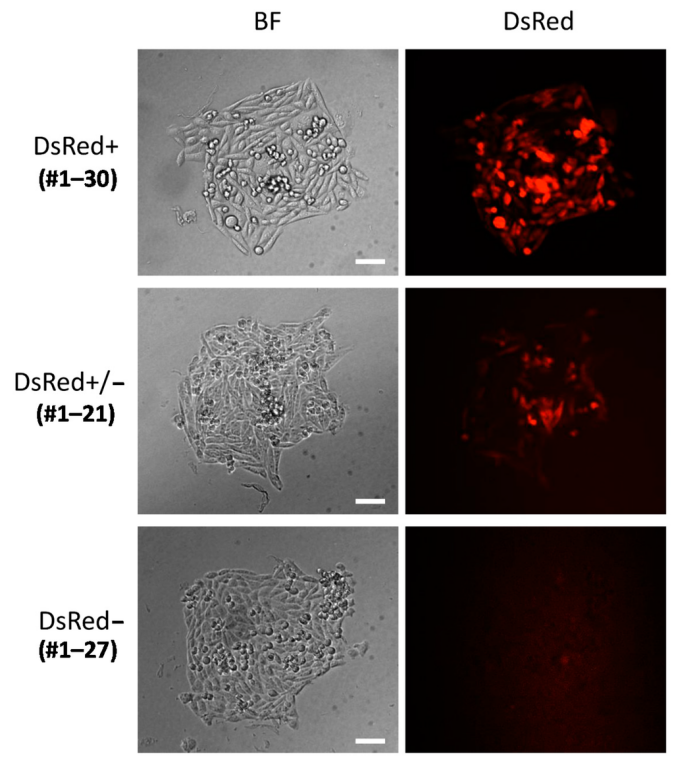
Figure 3 The fluorescent image
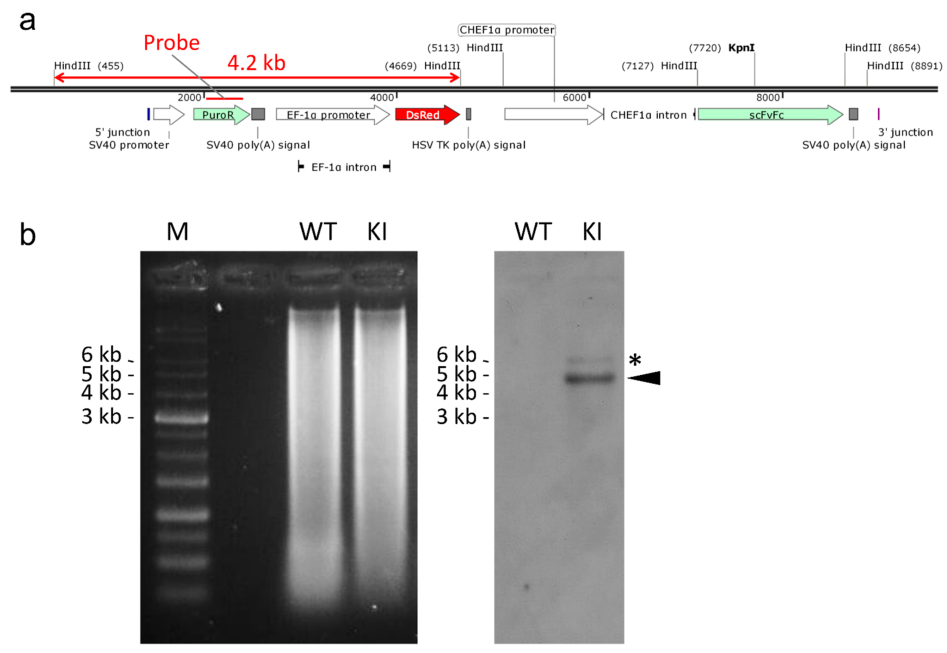
Figure 4 The 5 'and 3' connection sequences of the Knock-in cell clones
CRISPR/Cas9 technology can also achieve the above experimental objectives. In addition, CRISPR/cas9 technology is simpler and more efficient than traditional technologies(e.g.TALEN)! The CRISPR-UTM technology of Ubigene is exclusively developed based on traditional CRISPR/Cas9 technology. And gene knockout efficiency is up to 60% -80%, other gene-editing experiments can also be completed efficiently.
3.Case of overexpression of Human-source protein in CHO cell line
Mutations in the hGHR gene are the main cause of Laron syndrome in order to construct genes hGHR associated with stably expressing congenital GH insensitive syndrome as well as CHO cell line of mutants (hGHR-E42K, hGHR-H56R). Lihua et al. used PUC-hGHR plasmid, fixed mutations obtaining two mutants (hGHR-E42K, hGHR-H56R), restricted enzyme cutting cloned the target gene to the eukaryotic carrier pcDNA3.1/ (zeo +), the recombinant cell lines were then transfected to CHO cell line with Lipofectamine2000, stable cell groups expressing hGHR and mutants through Zeocin resistance screening, and the hGHR, STAT5-P expression levels were confirmed with RT-qPCR and Western Blot. The results showed that sequencing verified the successful introduction of E42K and H56R missense mutations in hGHR and cloned to eukaryotic expression carriers, successfully detected mRNA and proteins of hGHR and mutants in CHO cell line after transfection and a lower phosphorylated STAT5 protein expression in the mutant cell line (hGHR-E42K, hGHR-H56R) than in wild cell strains. Therefore, at phosphorylation STAT5 levels after GHR mutations, it was found that both phosphorylation STAT5α, STAT5βprotein expression was significantly lower than wild-type GHR, explained the intrinsic mechanism of growth retardation in patients with GHR mutations [6].
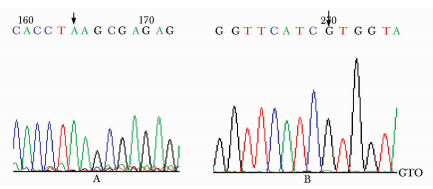
Figure 5 Peak sequencing map of hGHR-E42K and hGHR-H56R
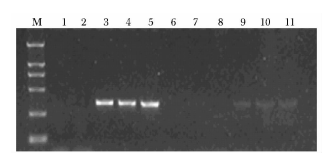
Figure 6 Detecting the expression of WT hGHR and mutant in CHO cell line by using RT-qPCR
So far, Ubigene has utilized CRISPR-U ™ technology to successfully modified genes from more than 100 cell lines, including the CHO cell line. And Ubigene provides gene-editing services worldwide.
Reference :
[1] Wurm FM. Production of recombinant protein therapeutics in cultivated mammalian cells. Nat Biotechnol. 2004 Nov;22(11):1393-8. doi: 10.1038/nbt1026. PMID: 15529164.
[2] STOLFA G, SMONSKEY M T, BONIFACE R, et al. The fickle CHO: a review of the causes, implications, and potential alleviation of the CHO cell line instability problem [J]. Curr Opin Biotech, 2019,
[3] Ronda, Carlotta, et al. "Accelerating genome editing in CHO cells using CRISPR Cas9 and CRISPy, a web‐based target finding tool." Biotechnology and bioengineering 111.8 (2014): 1604-1616.
[4] Jia, Yan‐Long, et al. "CRISPR/Cas9‐mediated gene knockout for DNA methyltransferase Dnmt3a in CHO cells displays enhanced transgenic expression and long‐term stability." Journal of cellular and molecular medicine 22.9 (2018): 4106-4116.
[5] Sakuma, Tetsushi, et al. "Homologous recombination-independent large gene cassette knock-in in CHO cells using TALEN and MMEJ-directed donor plasmids." International journal of molecular sciences 16.10 (2015): 23849-23866.
[6] DiBello, Paul R., et al. "Selective uncoupling of RGS action by a single point mutation in the G protein α-subunit." Journal of Biological Chemistry 273.10 (1998): 5780-5784.












